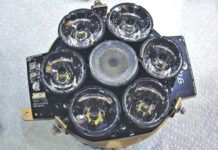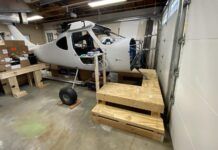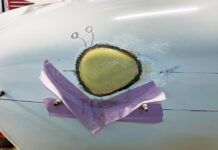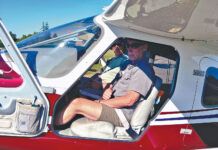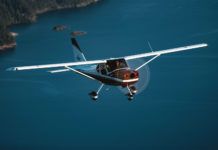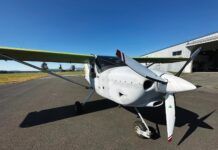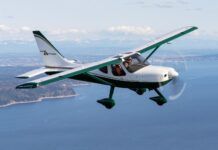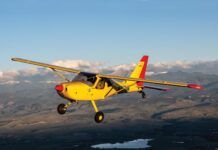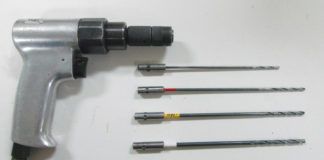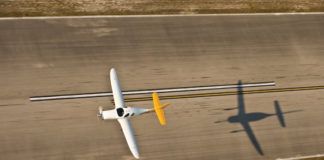I had a reason to fly up to Arlington, Washington, to see the current state of affairs at Glasair Aviation. As you might remember, the plan through 2019 was to set up the Sportsman for a series of improvements while also refining the Two Weeks to Taxi builder-assist program. Then, of course, COVID hit and TWTT had to be shut down, the GM left and the company went into a sort of hibernation. In the long view, TWTT was doomed to be paused anyway by the supply-chain issues that COVID brought to our industry. You cannot start a TWTT-like project without having virtually every part needed on the floor and ready to go when the builder or builders arrive. If you’ve been trying to build out your own kit recently, you know how difficult this has become.
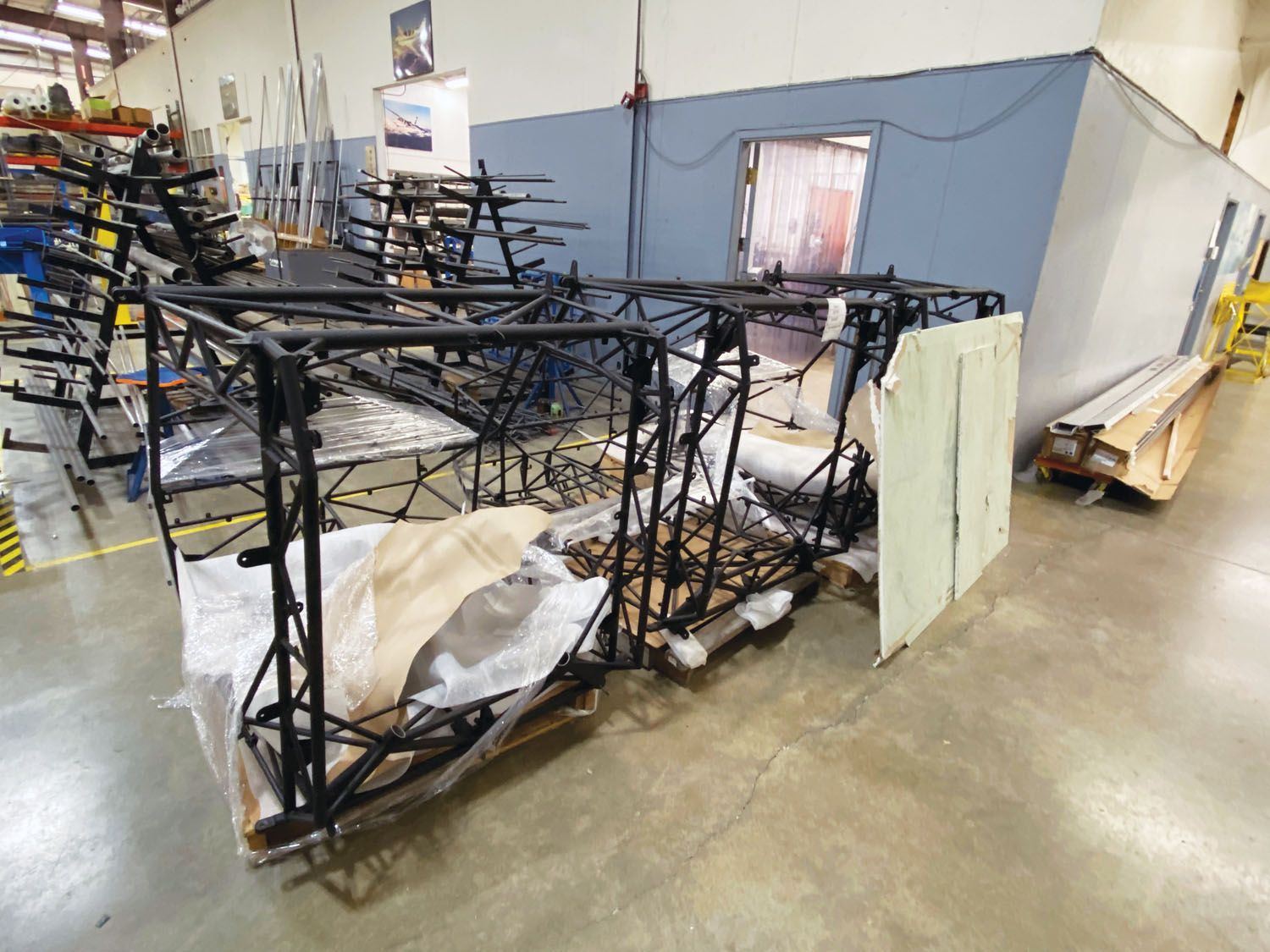
As a result, Glasair Aviation has pivoted back to selling kits rather than emphasizing the TWTT program, though new general manager Ran Fang says that the demand is still there for the builder-assist options. But restarting it would require both better availability of raw materials and wholly purchased items—avionics, engines, propellers—and a fully trained team, which is not the work of a moment.
For now, Ran and the staff, numbering about eight, work to build complete kits, update and restock inventory, refine documentation and continue to support current builders and owners of both the GlaStar and Sportsman—the low-wing Glasair intellectual property and support was sold off years ago. I was surprised but grateful to see a document emerge showing which GlaStar and Sportsman parts are compatible; this information has lived in a few heads over the years, but this is the first time I’ve seen it documented. The company has also published a long-awaited product and accessory catalog, while the plan is to build 10–12 kits through 2022 and accelerate that pace going forward. Modest by, say, Van’s RV numbers, but it’s not zero, which should bring a sigh of relief for builders and owners of Sportsman and GlaStar aircraft.
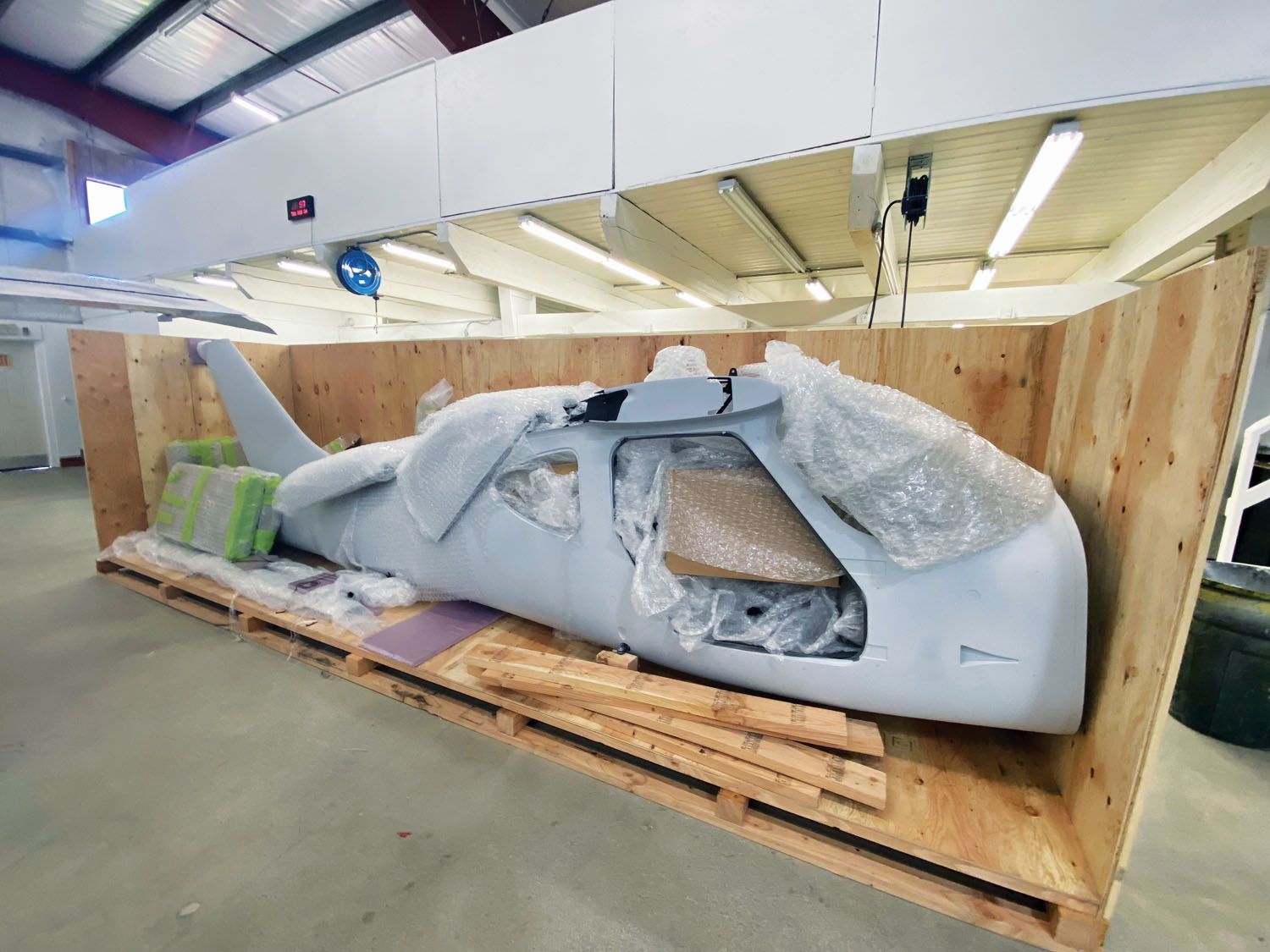
I’ve seen the Glasair Aviation factory many times over the years, and it’s fair to say the facility is operating at a low boil these days. When I visited, there were several kits in various stages of completion but nothing near the bustle of industry I’ve seen during better times. Nevertheless, the lights are on, the phones and email get answered and there are support parts available, even if the lead times can be long and the prices reflect the difficulty of maintaining profitability with low volume and supplier issues.
There is reason for optimism, though. The company is about to implement improvements to the Sportsman and is building a new demonstrator that will reveal at least a few of those. I won’t overstep their planned announcement for AirVenture this summer, but let’s just say the changes are aimed at reducing weight and increasing performance. Ran Fang and the staff do have longer-range plans and are plotting a return of Two Weeks to Taxi, but for the moment the goals are more modest. Values of homebuilts are rising rapidly across the spectrum, including GlaStar and Sportsman models, but there’s little doubt that any design that still has some factory support is more valued than those where you’re much more on your own.

